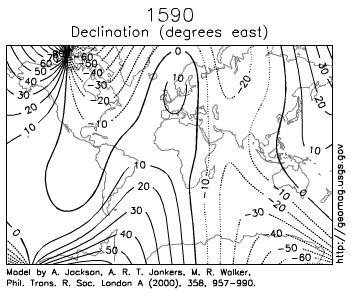Leave a comment
05 June 2010 @ 10:57 pm
26 April 2010 @ 01:16 am
O is for Omniverse.
http://www.omniverse.tv/
Jānoskatās 0.44 garais video, pēc kura seko 1.01 garš video, pēc kura seko 1.29 garš video, pēc kura seko... bet nav daudz.
http://www.omniverse.tv/
Jānoskatās 0.44 garais video, pēc kura seko 1.01 garš video, pēc kura seko 1.29 garš video, pēc kura seko... bet nav daudz.
13 March 2010 @ 08:43 pm
27 February 2010 @ 12:15 am
09 January 2010 @ 01:07 am
09 January 2010 @ 12:45 am
18 December 2009 @ 05:37 pm
to unleash the mind's creative energy, multiply metaphor by the square of the speed of thought
18 December 2009 @ 05:22 pm
14 December 2009 @ 01:32 am
14 December 2009 @ 01:06 am
14 December 2009 @ 01:02 am
14 December 2009 @ 12:57 am
14 December 2009 @ 12:29 am
13 December 2009 @ 11:42 pm
Cymatics
TED runa: http://www.ted.com/talks/evan_grant_cym
Wikipedia: http://en.wikipedia.org/wiki/Cymati
TED runa: http://www.ted.com/talks/evan_grant_cym
Wikipedia: http://en.wikipedia.org/wiki/Cymati
23 November 2009 @ 05:09 pm
23 November 2009 @ 04:52 pm

A Campbell-Stokes sunshine recorder
Heliograph (Sonnenscheinautograph, Sonnenscheinmessgerät), Wendelstein
23 November 2009 @ 04:11 pm
23 November 2009 @ 04:01 pm

X-rays start at ~0.008 nm and extend across the electromagnetic spectrum to ~8 nm, over which Earth's atmosphere is opaque.
X-ray astronomy is an observational branch of astronomy which deals with the study of X-ray emission from celestial objects. X-radiation is absorbed by the Earth's atmosphere, so instruments to detect X-rays must be taken to high altitude by balloons, sounding rockets, and satellites. X-ray astronomy is part of space science.
23 November 2009 @ 03:00 pm

The 100 inch (2.5 m) Hooker telescope at Mount Wilson Observatory near Los Angeles, California. This is the telescope that Edwin Hubble used to measure galaxy redshifts and discover the general expansion of the universe. At the time of this photograph, the Hooker telescope had been mothballed, although in 1992 it was refitted with adaptive optics and is once again in use.
23 November 2009 @ 01:22 am








